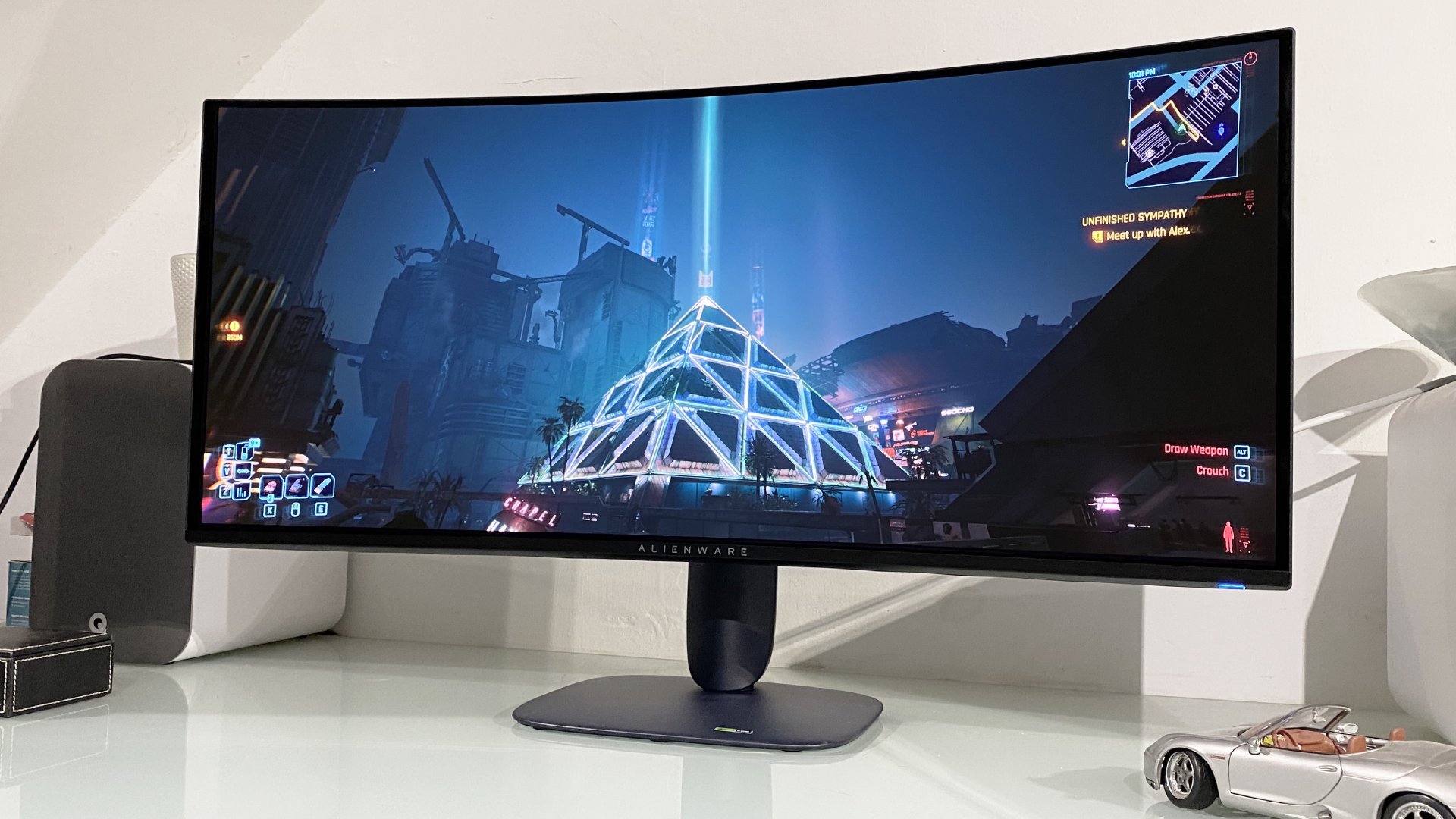What No Man's Sky could learn about exploration from Kerbal Space Program
It's not about where you're going, it's about how you get there.
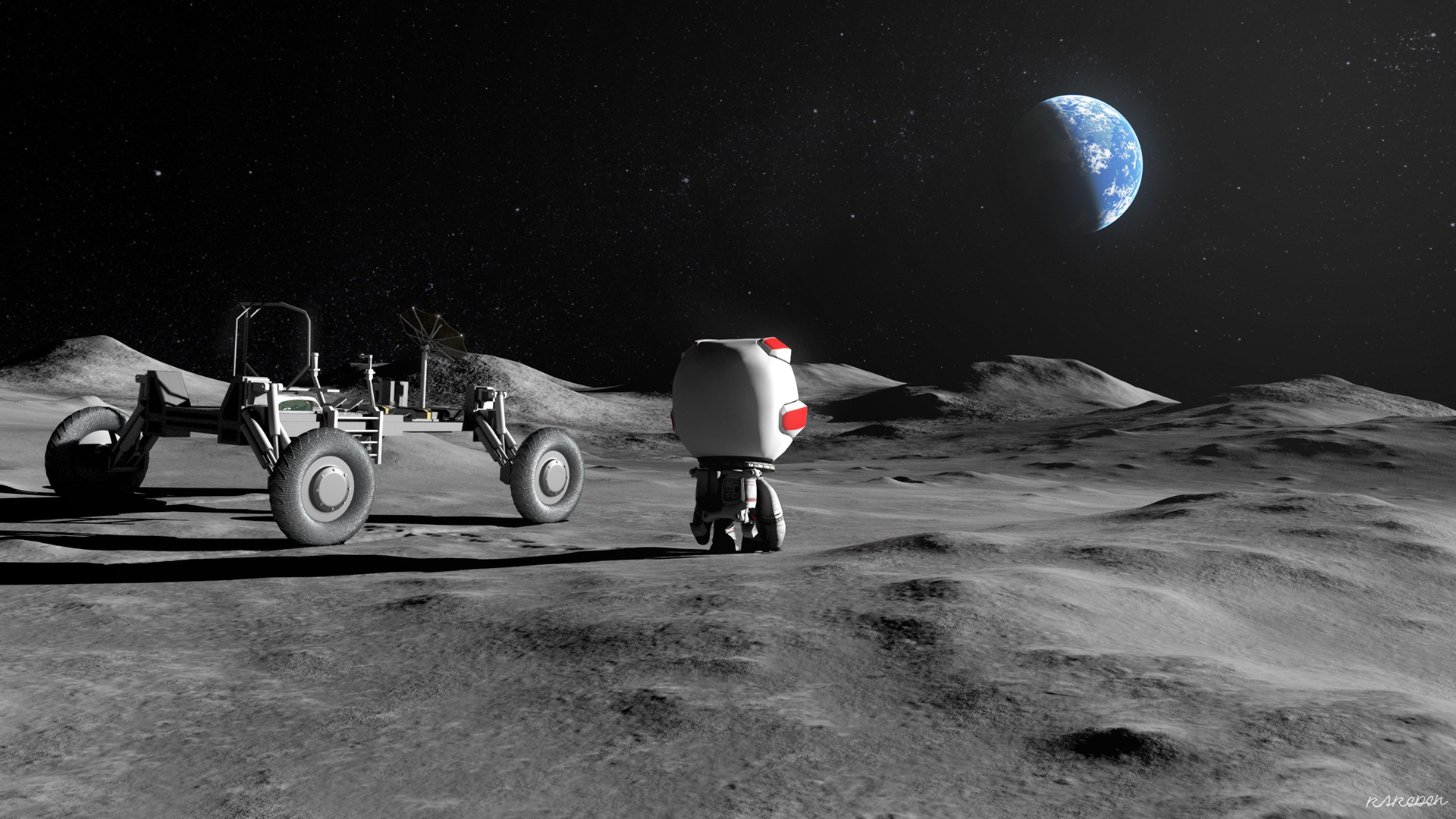
To get a jump start on No Man’s Sky’s space sandbox, some of our staff are playing the game on PS4 this week. Read more of our different opinions on the game as we continue to play.
My journey in No Man's Sky has so far been like going to a thrift store and rooting through people's discarded things looking for a hidden treasure. As my hyperspeed drive disengages and the fluctuating aurora of light before me dissipates, I take a moment to absorb my surroundings. I see three planets around a glowing yellow sun in this system. I pick the somewhat evil-looking red planet to disembark on. Entering its atmosphere, the spire of an alien obelisk juts out of the crimson dirt. Setting my ship down, I hop out and—for what must be the twentieth time tonight—interact with one of No Man's Sky's supposed mysteries. I collect my prize, a new word from an alien dialect, and hop back in my ship to head towards the next odd-but-not-that-odd thing on the horizon.
Space exploration games like No Man's Sky have a problem: How do you capture that 'Star Trek' feeling of launching into the great unknown in a universe that is ultimately populated by recognizable patterns? It's a tough nut to crack, and in the past few years games like No Man's Sky and Elite: Dangerous have been trying to leverage the weight of massive galaxies to do just that. With so many places to see, the the excitement of exploring shouldn't come from what you discover, but in the story of how you found it.
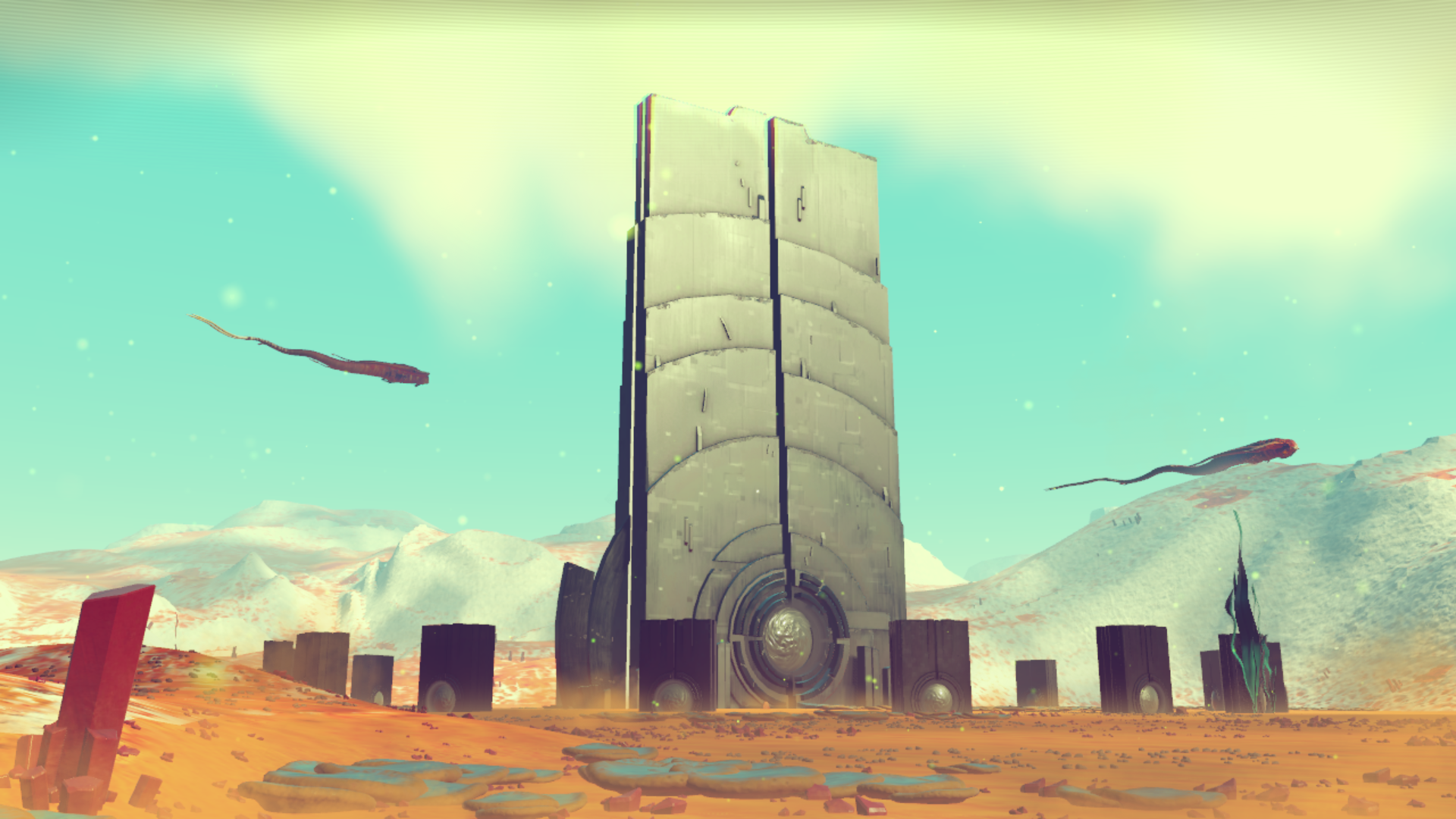
Deep space blues
Last year I installed Elite Dangerous for the one purpose of becoming an explorer. I had read of the incredible mission players had undertaken to map Elite's Milky Way galaxy and, being an EVE Online player with a passion for logistics and planning, felt drawn to the idea of embarking on a great journey to planets unknown.
I spent over 30 hours learning how to play Elite Dangerous and earning enough credits to afford my first exploration ship. I perused subreddits and forums to learn the basics like needing to equip a fuel scoop module so that I could use stars to refuel and avoid being stranded billions of lightyears from civilization. During all this prep time, I was anticipating my epic voyage to the Coalsack Nebula, an ominous black cloud far outside the bubble of inhabited systems. I imagined it was going to be the first of many progressively longer voyages. As I finalized my route and began my first jump, it felt like stepping into the abyss.
No Man's Sky doesn't require any investment in my journey.
That feeling didn't last. With each jump from one system to the next, with each break to skim fuel blowing like a hot breeze from the surface of a star, I began to feel less and less enchanted with my idea of what exploration meant in Elite Dangerous. Over an hour later I reached my destination, a system named Musca Dark Region CQ-Y D68, and couldn't help but look back at my 30-plus hours in Elite Dangerous as time poorly spent. That system, and the several dozen others I visited in the Coalsack Nebula before calling it quits, didn't contain anything of interest or worth. It was just a smattering of planets no different from the ones back home. If it wasn't for the map telling me otherwise, I would never have known I was 500 light years away. I logged off—not even having the will to make the return trip home.
Journeys and destinations
As I thought through that disappointment, I realized it wasn't just that my goal—the Coalsack Nebula—had nothing of interest for me, but also that the journey that led me there was equally as unfulfilling. The only real challenge was managing my fuel levels and making sure I didn't wind up stranded in a solar system with a star that I couldn't use to recharge—a mistake that would result in self-destructing back to civilized space. But even refuelling was more of a chore than a challenge.
The biggest gaming news, reviews and hardware deals
Keep up to date with the most important stories and the best deals, as picked by the PC Gamer team.
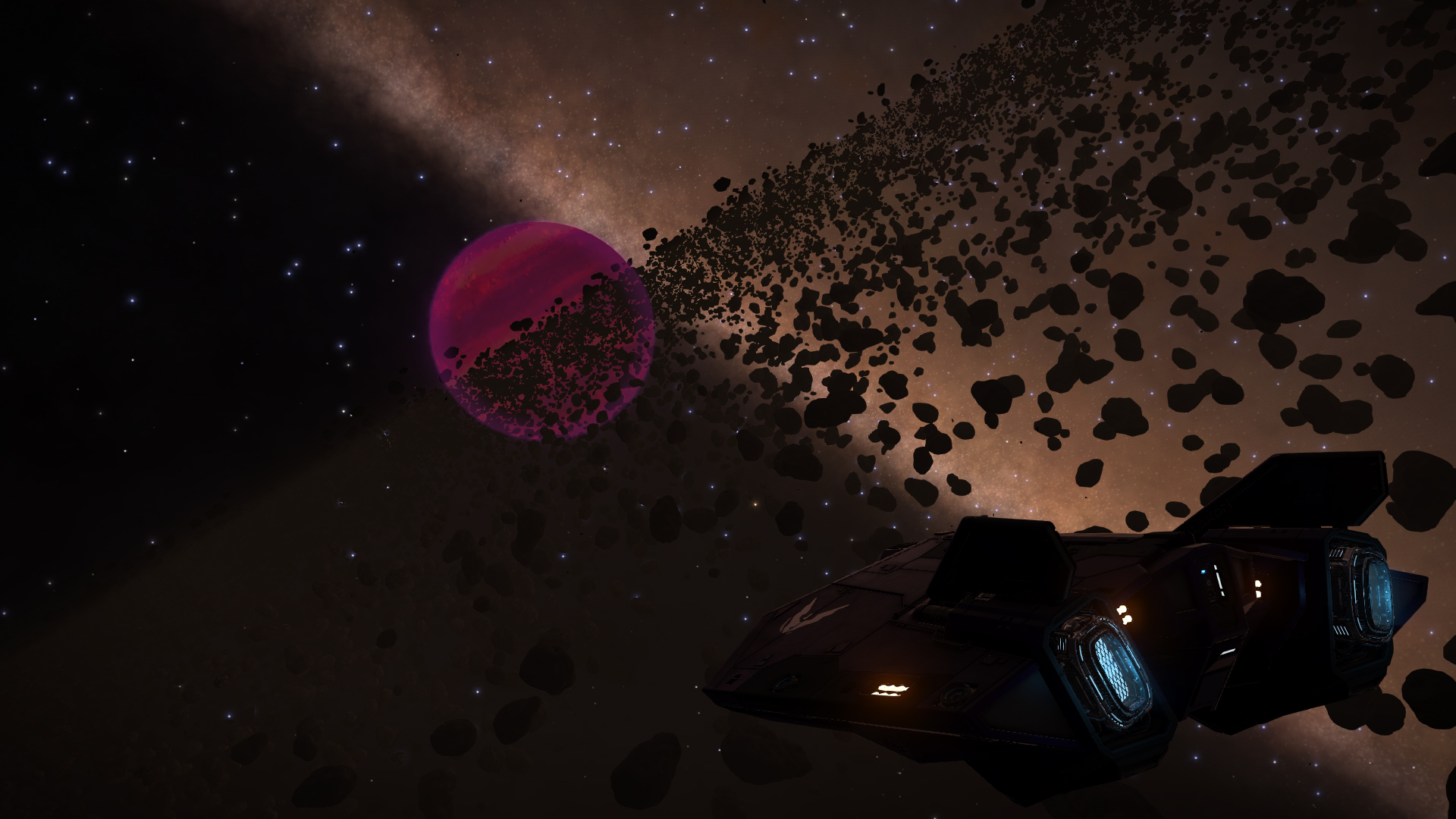
No Man's Sky certainly has a lot more stuff waiting for me in each solar system than Elite Dangerous. But while I've enjoyed my time with it, I can already sense a creeping lack of enthusiasm for whatever awaits me in the next system. A planet might have a unique color or landscape, it might be populated with some strange animal I've never seen before, but beyond knee-jerk curiosity, neither feels like a satisfying conclusion to the journey that brought me there.
As I land on the planet surface and begin to explore, all I'm finding are the same minerals, the same procedurally generated alien installations, and the same ruins dotting the landscape. Each one is, ostensibly, a destination worth traveling too, but as I arrive at one after the other, it feels more like hitting up the grocery store and post office on the way home from work than discovering places unknown. It feels routine and safe.
That's because, like Elite Dangerous, No Man's Sky doesn't require any investment in my journey. While warping to new systems is a more involved process than in Elite, the reality is I'm still just acquiring easy to find resources and then pushing a few buttons to blast off to a new frontier. There's no skill to navigating space or charting a course, no appreciable increase in the difficulty of harvesting the same minerals to fuel my ship. And as a result, there hasn't been that moment of triumph, of feeling like I've conquered the inhuman hostility of space. There's no sense of adventure. No Man's Sky trivializes the journey in order to focus on the reward—a strange alien or a neat upgrade—and in doing so makes neither feel like an achievement.
To the Mun
Kerbal Space Program and No Man's Sky don't aspire to the same goals, but there's a lot that can be learned from the dopey little kerbals and their obsession with dying on other planets. Compared to No Man's Sky and Elite: Dangerous, Kerbal Space Program's planets are barren, waxy balls of nothing. Yet the moment I landed my first kerbal on the 'Mun' (moon), I really felt like a little green Neil Armstrong making one giant leap for kerbalkind.
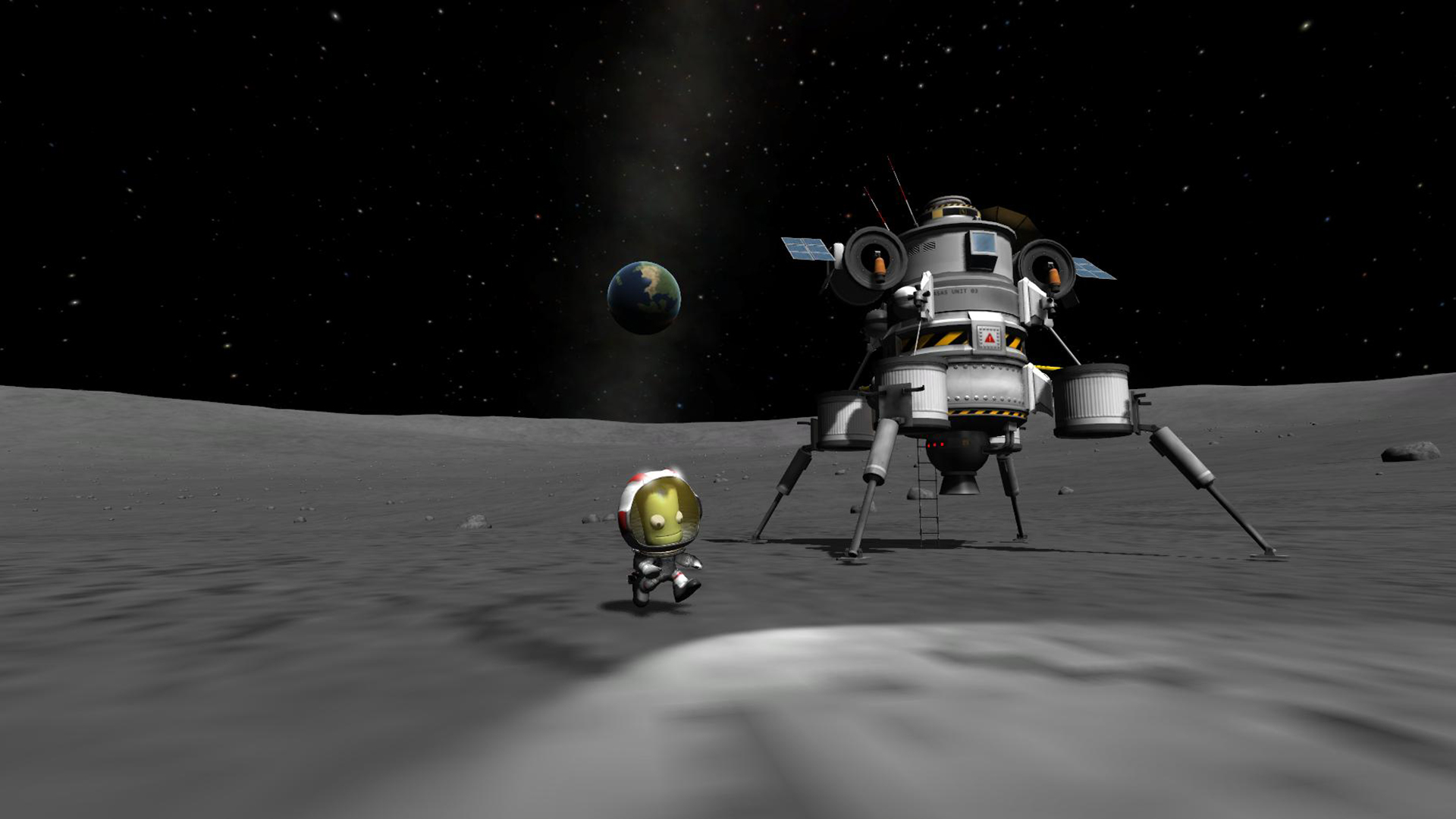
While Kerbal Space Program is more obsessed with the technical mastery of engineering rather than exploring the far reaches of a galaxy, it's also been the one game that has given me that sense of adventure I so desperately want from No Man's Sky and Elite: Dangerous. Kerbal Space program cares little about what awaits me on its boring planets but invests everything in making sure that getting there is a struggle for the ages. Whether I'm correcting orbital trajectories, plotting slingshot maneuvers between planets, or panicking as I design a rescue mission to save a stranded kerbal, each one has me painfully aware of the stakes. When I completed my first successful Mun landing, I felt like I had conquered more than the millions of miles in between but my own expectations of what I thought I could achieve. I felt like an explorer.
With 1.8 quintillion planets to Kerbal's seven, No Man's Sky is desperately lacking that same tension. Unlike Kerbal, there's no anchor to ground the whole experience, no moment where I look back and see my homeworld behind me and feel awe for how hard won each and every mile I've come has been. Without that sense of scale, that understanding of the enormity of things and the challenge it'll take to overcome them, I don't feel like I'm stepping out into a vast universe. I feel like I'm flipping through an endless coffee table book—it's aesthetically pleasing but ultimately unaffecting. With 1.8 quintillion planets, the question I'm beginning to ask isn't which one I should explore next, but why should I even care?
With over 7 years of experience with in-depth feature reporting, Steven's mission is to chronicle the fascinating ways that games intersect our lives. Whether it's colossal in-game wars in an MMO, or long-haul truckers who turn to games to protect them from the loneliness of the open road, Steven tries to unearth PC gaming's greatest untold stories. His love of PC gaming started extremely early. Without money to spend, he spent an entire day watching the progress bar on a 25mb download of the Heroes of Might and Magic 2 demo that he then played for at least a hundred hours. It was a good demo.


